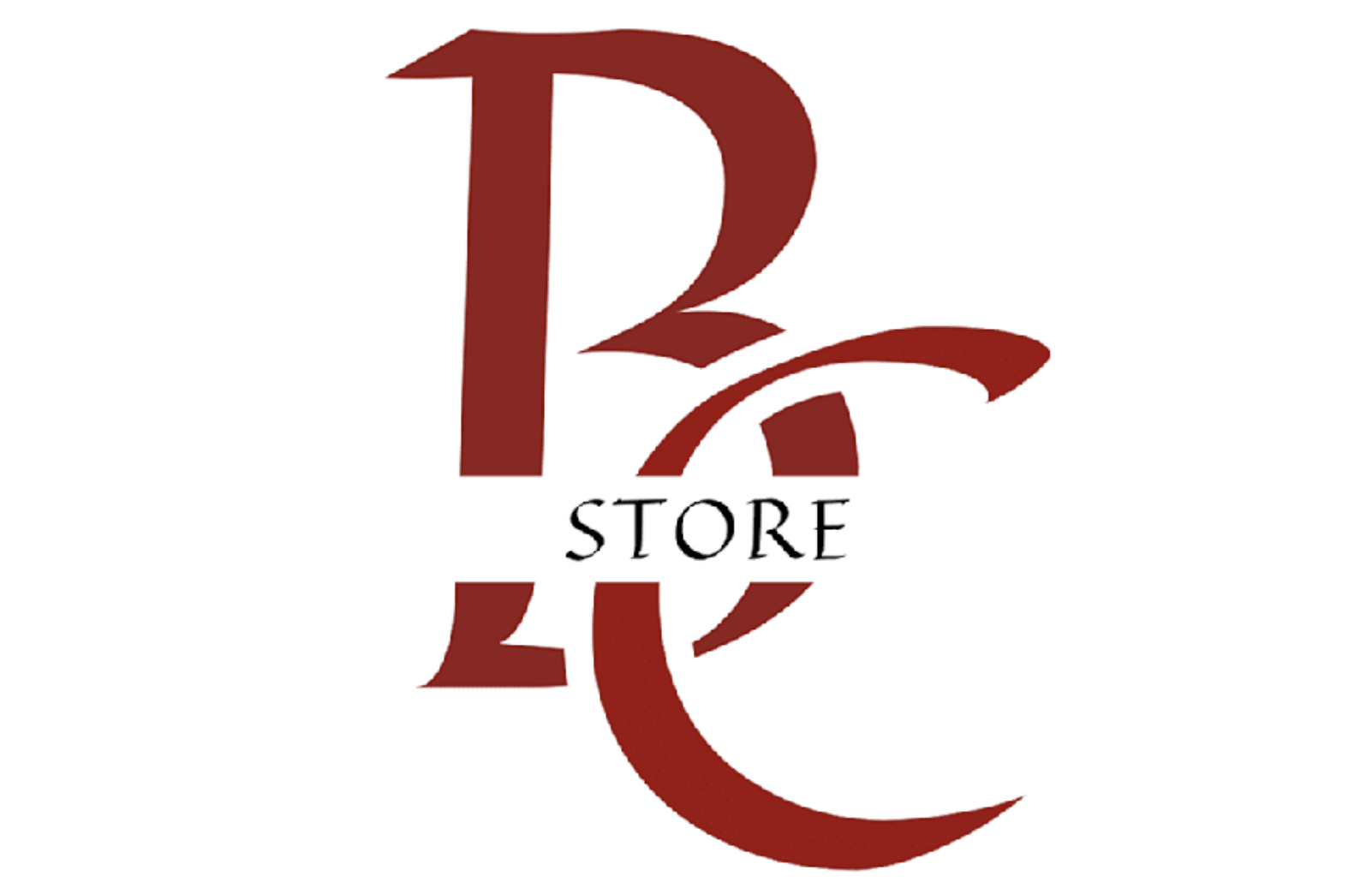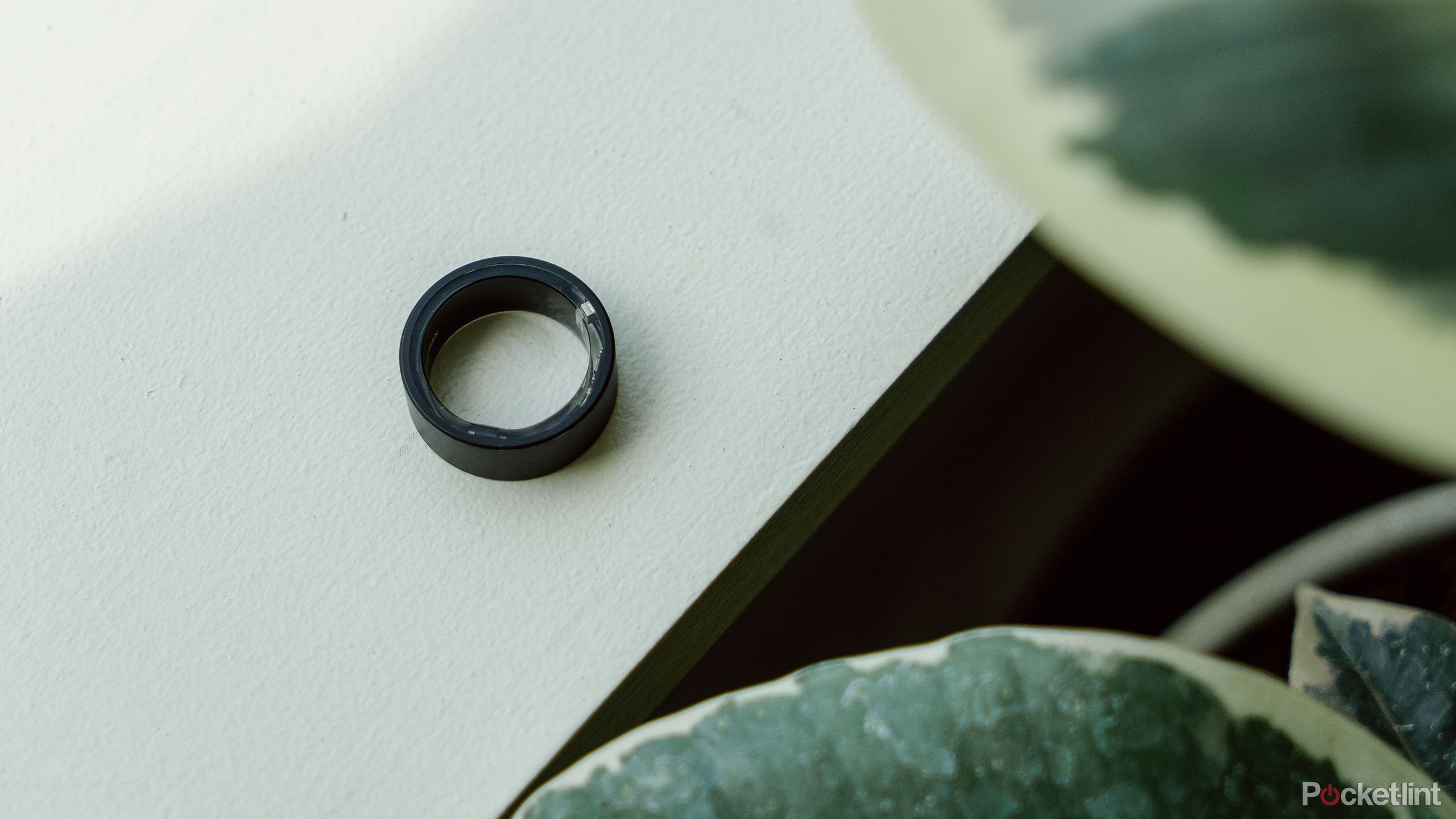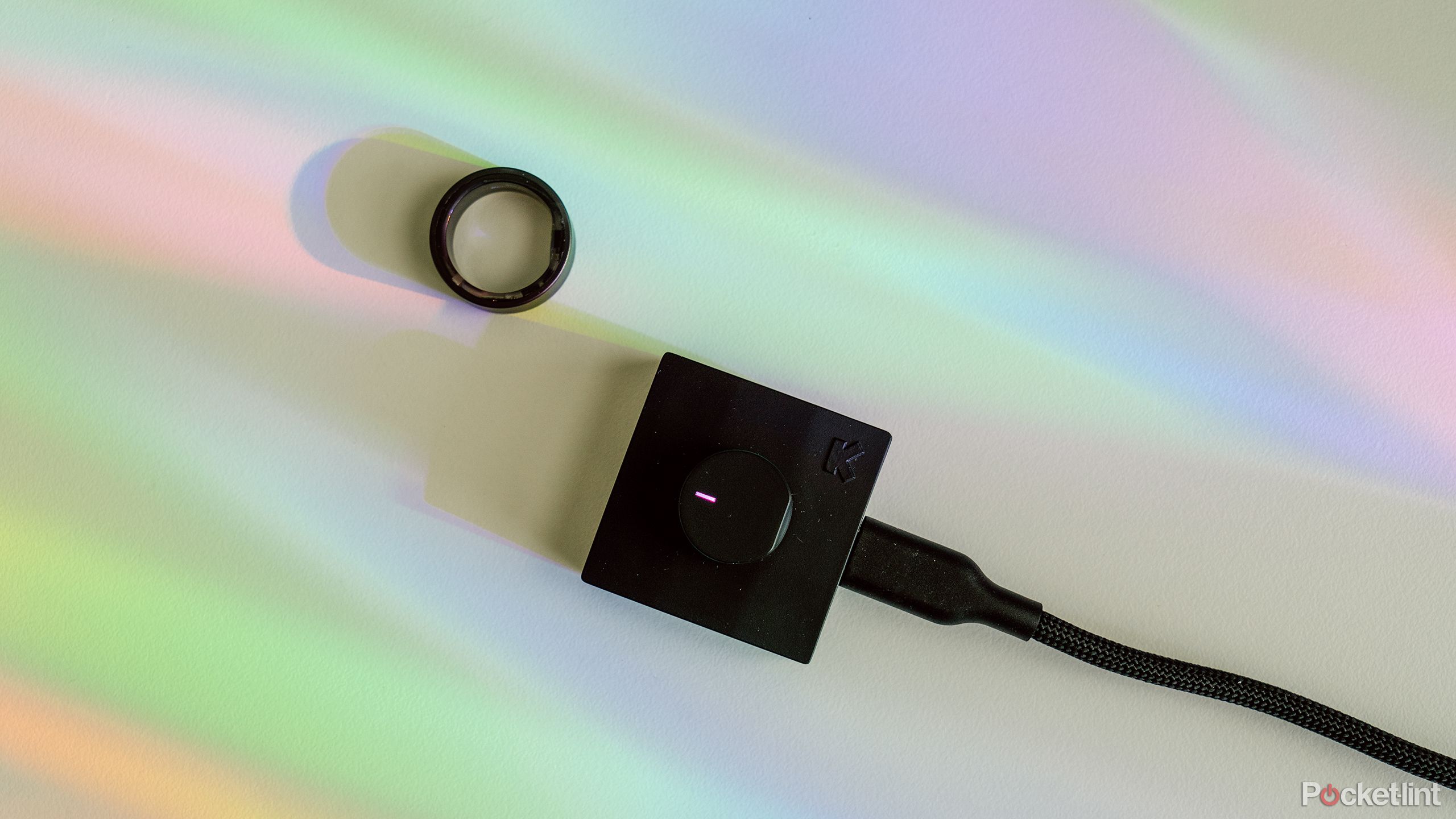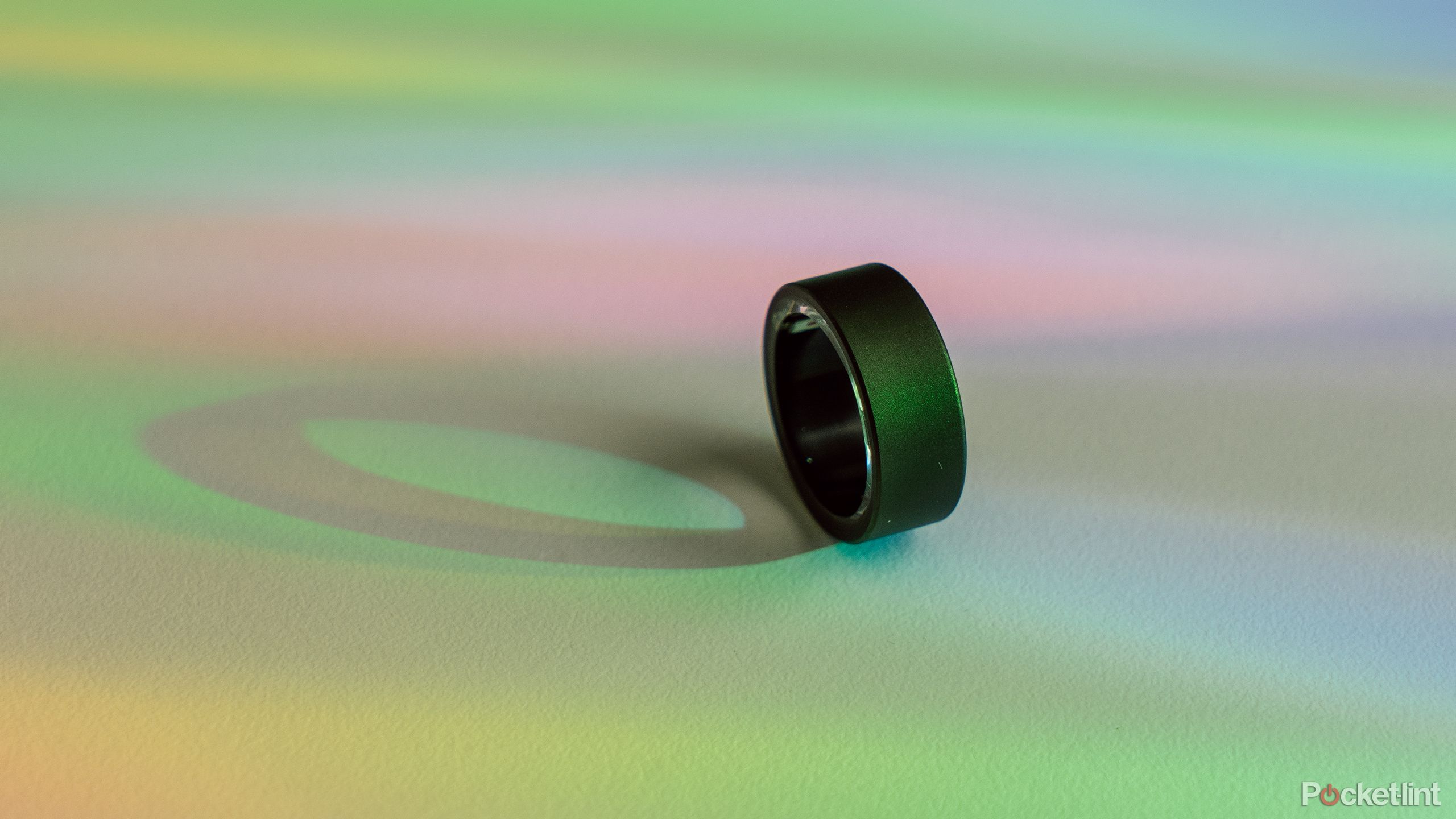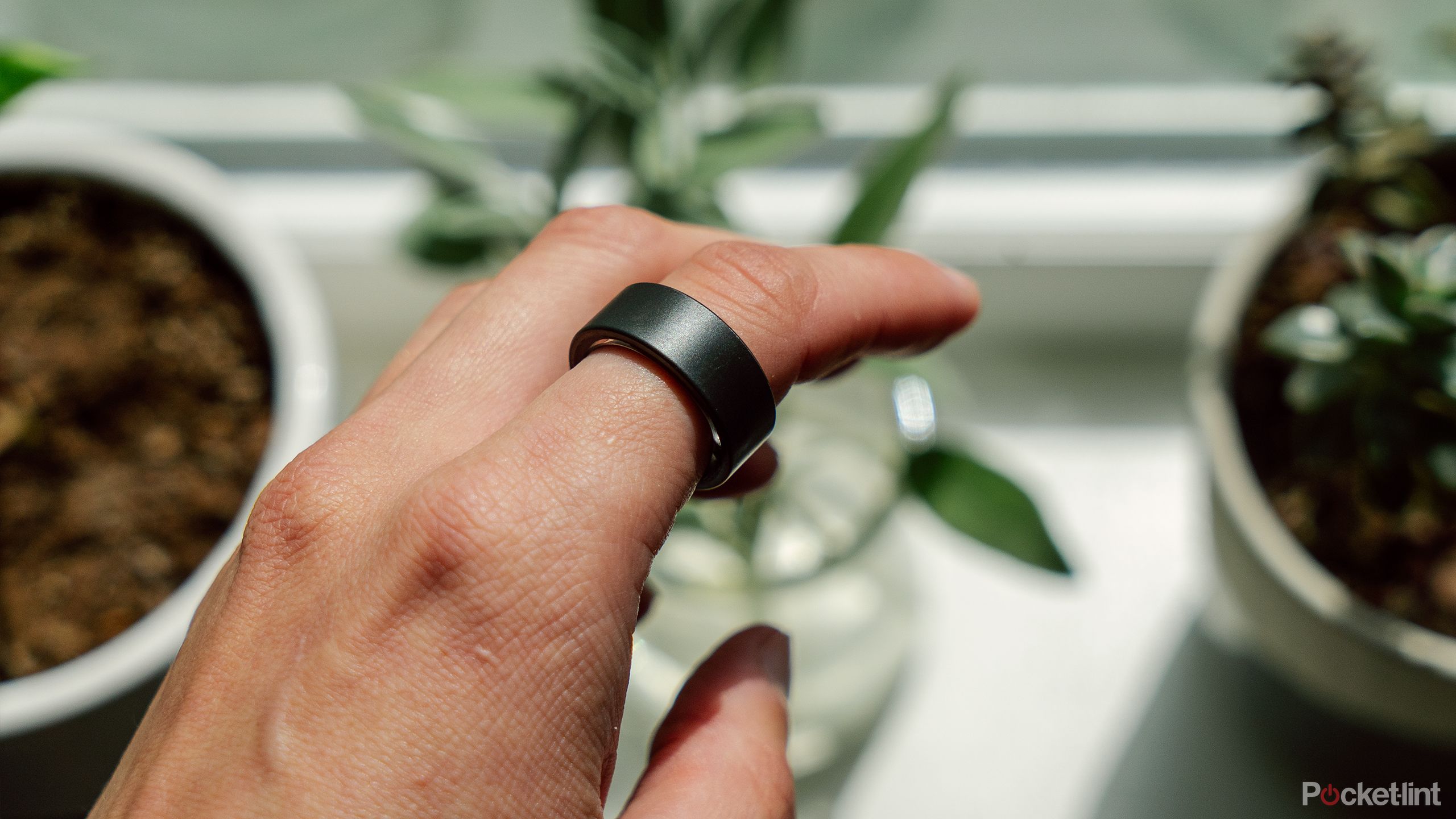Key Takeaways
- Health markers are interconnected, so a holistic approach is critical for a complete understanding of your health.
- Smart rings need improvement in battery life, more sensors, and better movement data.
- Ultrahuman’s platform will soon offer even more data and helpful tools.
Ultrahuman is a relatively new entry to the health and wellness tech world. It started roughly five years ago and is now what founder and CEO Mohit Kumar describes as a middle-aged tech company. The company came out the gate in 2020 with a glucose monitor patch, the M1, and has only grown since then with a smart ring and more. Ultrahuman may not have widespread household recognition yet (at least here in the US), but it is making big moves in the health technology space with some ambitious goals. I had a chance to chat via Zoom with Kumar to learn more about the company’s vision, current offerings, and goals for the future, and I was fascinated by what I learned.
Ultrahuman Ring AIR review: A ringing endorsement
There’s a new smart ring is in town, but can its wellness tracking performance match up to market leader Oura?
Health is a multi-layered issue
No single marker is fully independent
The common theme of our discussion was how interconnected every aspect of health is. “When it comes to human physiology, having data for more markers is always better because those markers are always connected,” explained Kumar. For example, glucose dysfunction can impact sleep quality, which will then impact other health markers.
“When it comes to human physiology, having data for more markers is always better because those markers are always connected,” explained Kumar
Because everything is connected, a holistic view of your body is essential if you want to truly impact your health. Ultrahuman’s range of offerings highlights how important it views that holistic approach. Instead of one device that measures limited markers, the company makes, at the time, three different products for a more well-rounded understanding. It started with the glucose monitor, then introduced the Ring Air in 2023. Now, it has a Kickstarter for yet another product, the Ultrahuman Home, which senses things like CO2 and ambient light levels in your home to give an even more complete picture of your health, especially when paired with the Ring Air and M1.
Adding to this holistic approach, Ultrahuman will soon add something called Blood Vision. Despite the rather ominous-sounding name, Blood Vision are simple, convenient, at-home blood tests that add yet another layer of data. With the tap of a button, you can schedule a phlebotomist to come to your home and collect a blood sample. Results will be provided quickly, and the results will be combined with data you get passively from your Ring Air, M1 glucose test, or Home sensor. The app can then help you understand that information and provide actionable recommendations if necessary.
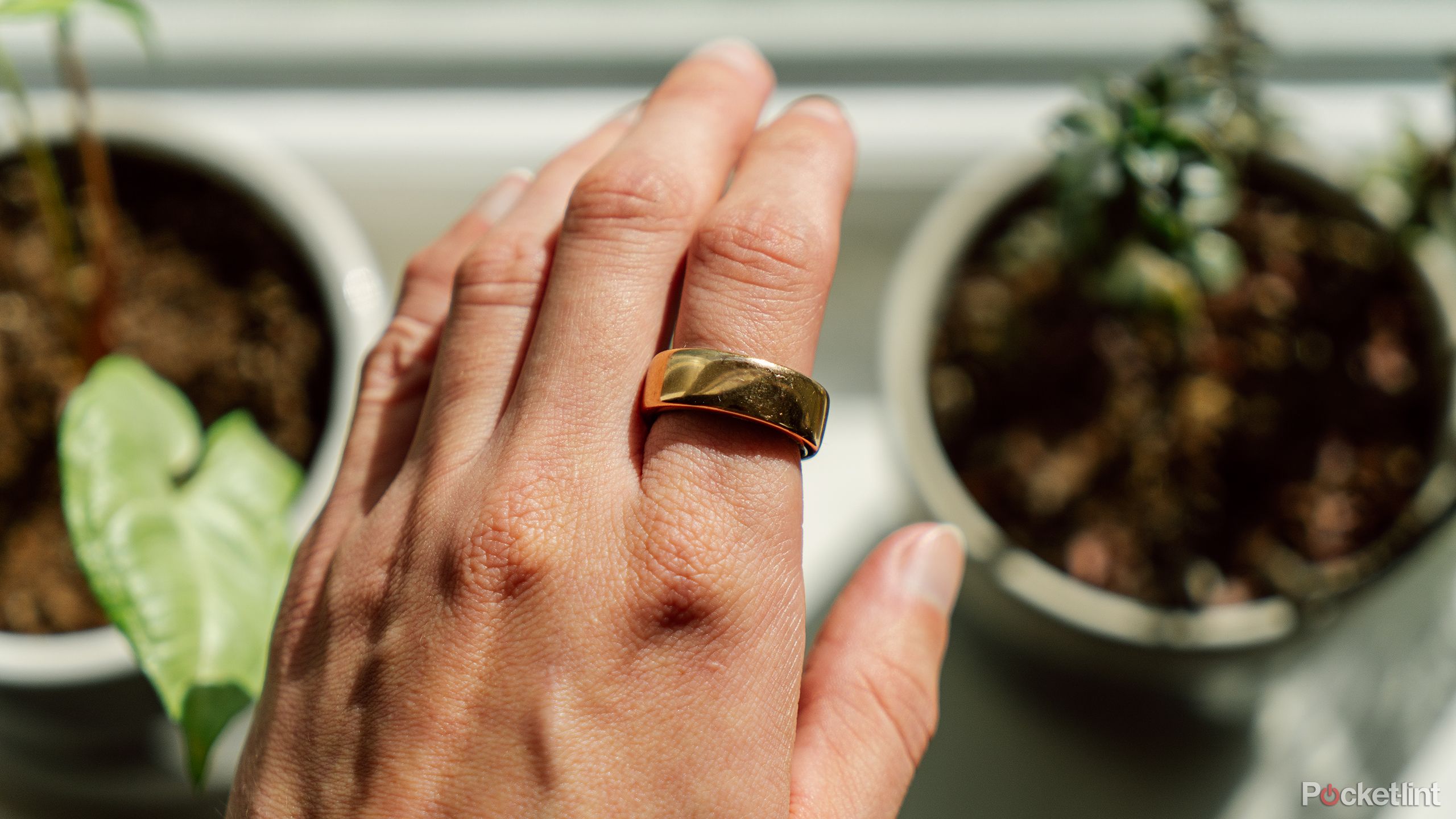
6 things to consider about a smart ring before getting one
Smart rings might seem neat, but they’re not for everyone.
Smart rings need to improve in three key areas
Look for better battery life, more sensors, and better movement data
Because one of Ultrahuman’s main offerings is the Ring Air, I was curious how Kumar sees the current smart ring market and what the key areas for improvement need to be. He explained that the smart ring market is still fairly new, only having taken off in the past two years or so, mostly because of sleep data.
For a long time, fitness watches focused on pushing the limits of performance, but there was limited understanding of how sleep and recovery are also critical. “The smart ring took off when it became more clear that sleep quality is essential, and that sleep tracking could be useful,” Kumar said. Now, smart rings are expanding well beyond sleep, though, and he sees three key areas where smart rings need to get better: motion data, battery life, and space for sensors.
Wrist-based devices have about a 15-year head start on fine-tuning how they collect and asses motion data.
“Rings are still behind in how they gather motion-based data,” Kumar explained. “Fingers move a lot more than the wrist throughout the day, so sorting through that data is tricky.” Plus, wrist-based devices have about a 15-year head start on fine-tuning how they collect and asses motion data.
Battery life is naturally a challenging feature of smart rings. They are tiny devices, and their round form presents additional difficulties for jamming in a power-providing battery of any substance. The Ring Air is already quite a bit smaller than other smart rings on the market, yet still provides four to six days of battery life. That’s not long enough for Kumar, though. He would like to see smart ring battery life closer to 15 days so that it needs your attention far less.
Finally, the small form factor of rings poses additional challenges in terms of what’s possible with sensors. “How do you fit in more sensors in the small real estate,” asks Kumar. He explained that he would love to fit even more sensors inside for greater health data. That includes bio-impedance measurements, different spectrums of PPG, and more. However, finding room for all those sensors in such a small device is difficult. Additionally, all of those sensors require power, which puts additional strain on the battery life of the device. “We need more space and more power-efficient sensors,” Kumar said.
What’s coming to Ultrahuman
There’s lots on the way
While Kumar couldn’t say if or when a new ring would be coming, he mentioned that the company “is only scratching the surface of what is possible with the Ring Air.” Even without additional sensors, Ultrahuman is pushing the boundaries of what can be measured.
I’ve been using the Ring Air for a few weeks now, and it seems like every time I open the app, there is a new update with more health tools. The company just released a new feature called Stress Rhythm Score, which links your stress levels to your circadian rhythm. “Some stress in life is good, as your body needs some change,” said Kumar. “But this score helps you identify which stress is good versus bad,” so you can try to time different activities and events during your day.
I’ve been using the Ring Air for a few weeks now, and it seems like every time I open the app, there is a new update with more health tools.
The team at Ultrahuman is actively working on new sensors, but those may not be out for some time. In the meantime, “there are lots of opportunities for software updates to improve the Ring Air functionality,” he explained. For example, “we want to add more lifesaving tech and the ability to test cortisol levels in the body.”
Additionally, Kumar mentioned that in the coming months, Ultrahuman will add lactate and alcohol data, providing the ability to measure lactate threshold (a key fitness measurement) and alcohol tolerance. He said the company also plans on adding the ability to test whether you enter ketosis, which could be very useful for those who subject themselves to extreme diets to enter ketosis but may not actually get there.
“We are very cautious about how they approach women’s health initiatives because we care about the outcome deeply and are very serious about the do-no-harm philosophy in medicine.”
I also asked Kumar about women’s health features. I’ve previously written about how research and education on women’s health are seriously lacking, so I always hope to see companies working on this. Kumar explained that they are working on women’s health features but are being careful. “We are very cautious about how they approach women’s health initiatives because we care about the outcome deeply and are very serious about the do-no-harm philosophy in medicine,” He said. That said, six out of seven of Ultrahuman’s projects are related to women’s health. “The medical-grade temperature sensor in the Ring Air is a game-changer for women’s health,” Kumar said. “No companies have looked at the cyclical nature of women’s temperature markers, but we are backward testing them with hormone systems to get a better, more complete picture.”
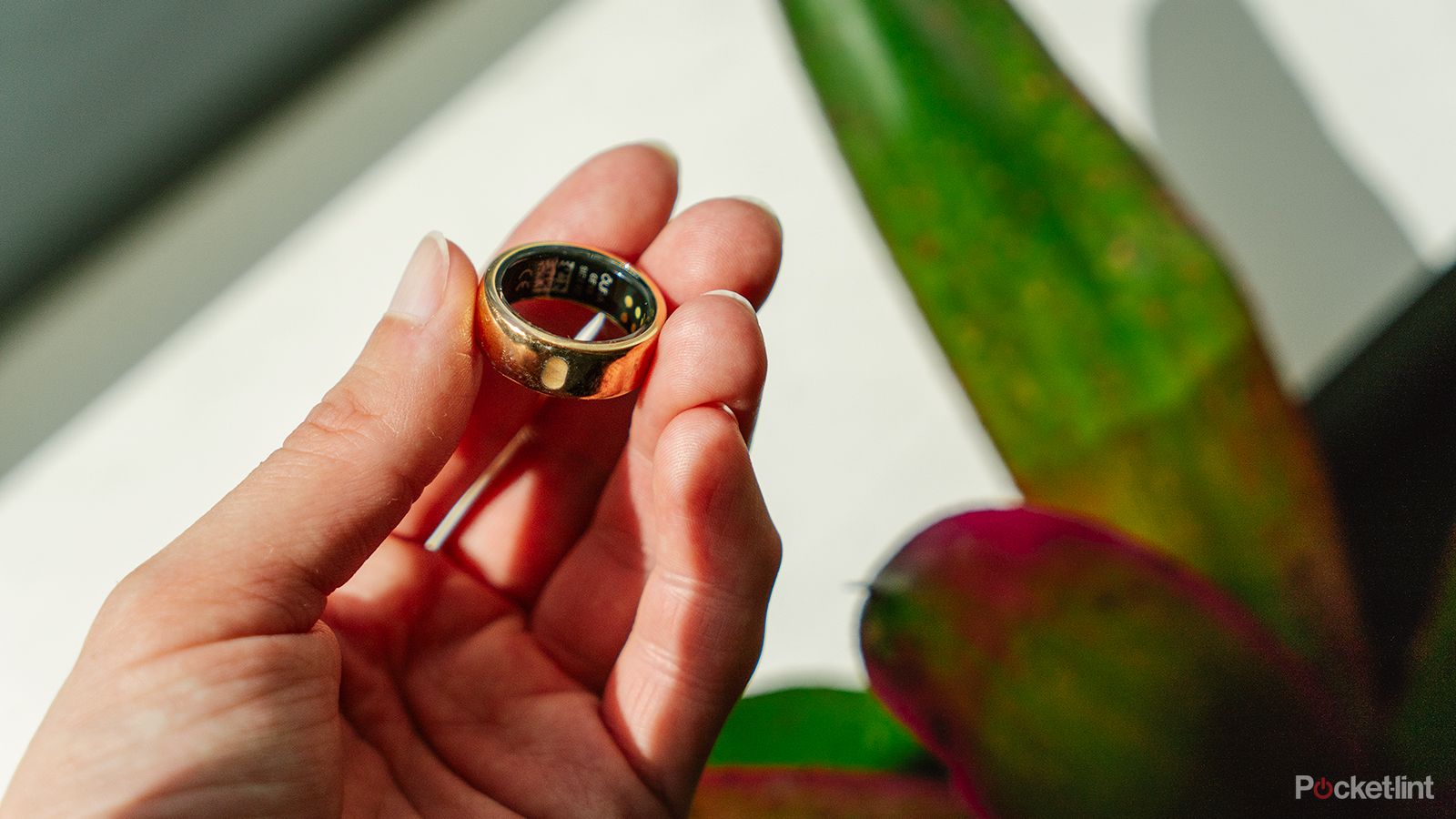
How a team of women turned the Oura Ring into an essential female health tool
Oura is offering unique insights for women to empower and educate them on making decisions about their bodies.
Beyond its hardware offerings, Ultrahuman is actively participating in research using its products. For example, it recently had its first clinical trial published using its M1 glucose monitor to assess metabolic health in non-diabetic individuals. There are currently no studies that look at what healthy glucose levels are in healthy, non-diabetic individuals,” Kumar mentioned. He is keen to understand how changes in glucose levels impact a healthy body. Part of this involves studies that look at markers like high-sensitivity C-reactive protein (HRCRP), an inflammatory marker, as well as the microbiome. These aren’t published yet but are in the works.
In short, “a lot more is coming in the next two quarters,” Kumar teased.
The focus is on actionable information
One thing that stands out about Ultrahuman is that the app provides information about your data and how you can take action to address problem areas. You aren’t just getting flooded with data that you don’t know what to do with it. “We want people to understand more about their health and what lifestyle factors impact it,” said Kumar.
“We want people to understand more about their health and what lifestyle factors impact it.”
All of the company’s devices provide insights that are passive in nature and make it easier for people to make small changes over time for a bigger impact. Kumar gave an example related to the practicality of its Home sensor. The device measures CO2 concentration in the room, which can lower HRV by up to 5% in some people. He said that when you know what that CO2 level is and how it’s impacting you, you can make a small change that then compounds over the year.
Outside of its specific tech, Ultrahuman seems to have a fantastic approach to health technology. “We don’t see Oura as competition,” he said. He believes that all health companies should be partnering, or at least pushing each other in healthy ways to move progress forward, “which will only have a net positive impact on people,” he said. It is refreshing to see a company have a holistic approach to what its products are doing, but also the market as a whole.
Trending Products

Cooler Master MasterBox Q300L Micro-ATX Tower with Magnetic Design Dust Filter, Transparent Acrylic Side Panel…

ASUS TUF Gaming GT301 ZAKU II Edition ATX mid-Tower Compact case with Tempered Glass Side Panel, Honeycomb Front Panel…

ASUS TUF Gaming GT501 Mid-Tower Computer Case for up to EATX Motherboards with USB 3.0 Front Panel Cases GT501/GRY/WITH…

be quiet! Pure Base 500DX Black, Mid Tower ATX case, ARGB, 3 pre-installed Pure Wings 2, BGW37, tempered glass window

ASUS ROG Strix Helios GX601 White Edition RGB Mid-Tower Computer Case for ATX/EATX Motherboards with tempered glass…

